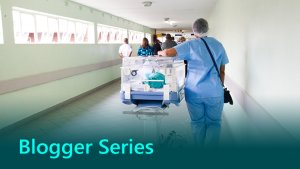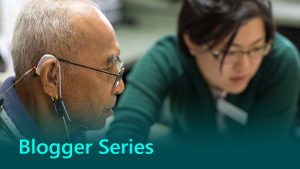
Improving operational efficiency in healthcare
We all remember the headlines on the A&E winter crisis last year. A catalogue of circumstances and events that led to nearly half of the NHS trusts declaring OPEL level 3 or 4 (a state of emergency), resulting in the cancellation of over 50,000 planned operations. The winter of 2017-2018 brought with it a prolonged period of cold and snowy weather for much of the UK, and the NHS stepped up heroically to address this.
However, with stretched systems and overwhelmed staff, more and more hospitals are struggling to align capacity to the increasing demand. They rely on continual efforts of front-line staff to try and find empty beds and time to perform elective surgery. Often, it’s not just about buying additional beds, it’s about improving hospital efficiency and patient flow. This requires a new digitally enabled approach.
AI: an answer to the acute care crisis
The acute care crisis has been a focal point for much of my work over the last year. I’ve been looking at how to unpick the complexities of the healthcare ecosystem and find the best way to drive operational efficiencies to unblock beds. AI has a play here, and the place to start is by using predictive analytics and connected devices to help run hospitals. TeleTracking has become the world leader in patient flow solutions for hospitals and health systems, and they’re having a fantastic impact.
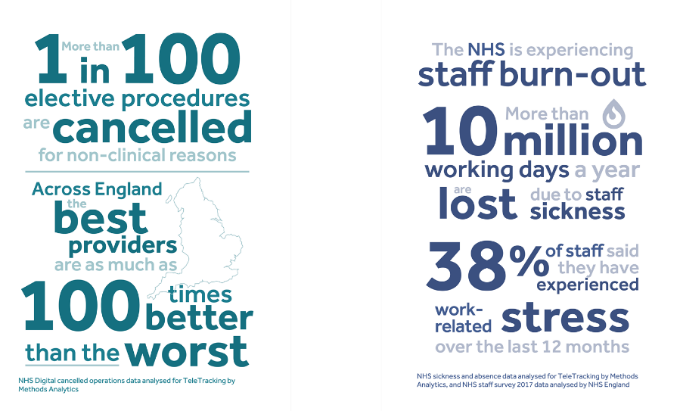
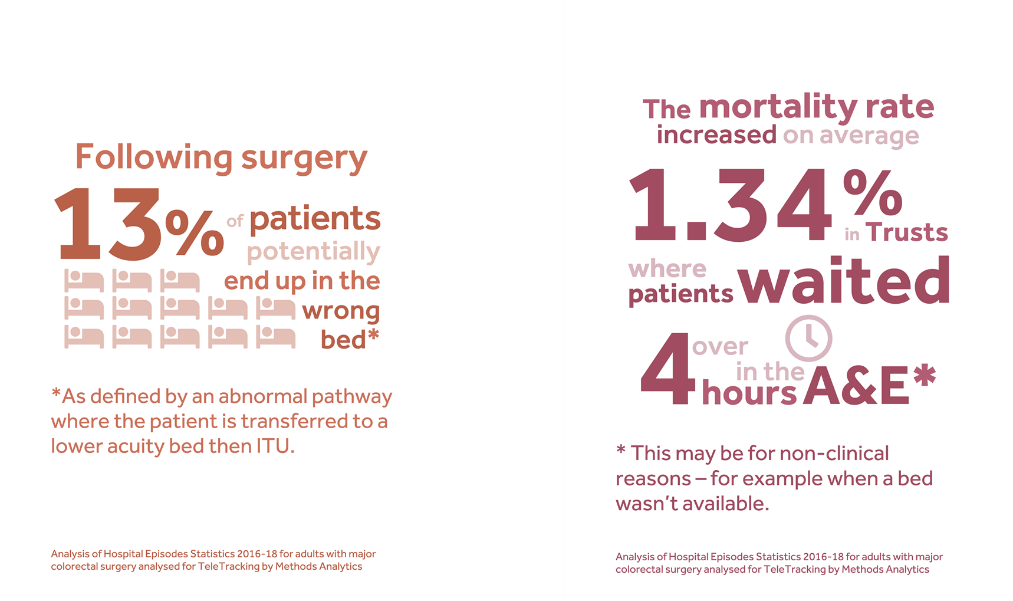
“We began over twenty-seven years ago with solutions to solve the bed turnover problem. Now we have a transformative solution that sits across the entire continuum of care and is delivered by Microsoft Azure; making it resilient and simple to deploy and roll out across a group of hospitals or an STP/ICS (a regional NHS collaboration),” says Paul Richards, Director of Commercial & Business Development.
“We add significant value to digital transformation by offering a multidisciplinary real-time solution that moves people and resources more efficiently and safely than ever before.”
– Paul Richards, Director of Commercial & Business Development
We’re all familiar with connected devices in our personal lives, like a wearable fitness tracker or wireless speakers. Why not leverage this technology to track beds, equipment, and even people? TeleTracking uses electronic badges and bracelets attached to patients, staff, and equipment to provide an oversight of everything happening in the hospital. Like air traffic control centres, staff have a real-time view of bed status, patients waiting for beds, where equipment is, and where the nearest porter or cleaner is to prepare an empty bed.
Technology to track and contain potential infection spread
The Royal Wolverhampton NHS Trust equipped almost 4,000 employees, all inpatients, and over 1,226 assets with sensor badges at the New Cross Hospital. The system tracks all patient-to-staff interaction, patient-to-patient contact, and patient to-equipment contact, giving New Cross Hospital the ability to trace potential infection spread and contain it. The results not only improved patient safety but also had some fantastic outcomes across operational efficiencies.
Despite an overall increase in annual admissions from A&E, there was a reduction in breaches due to lack of bed capacity – numbers dropped from 53 percent to 13 percent. Cancelled operations due to bed unavailability decreased by 63 percent, and unlike the previous eight years, no winter pressure beds were opened in 2015/16. The Trust also saw a 10.8 percent reduction in length of patient stays since going live with TeleTracking’s centralised patient placement model.
Sharing knowledge around the UK
The results were so good that they’re being shared across the UK with a handful of other Trusts who are serving as national reference and learning sites for NHS Improvement, the regulator for the NHS. Using the TeleTracking Command Centre and IQ Operations Platform, the knowledge gained will be used as guidance for other NHS Trusts looking to procure real-time patient flow and operations solutions.
TeleTracking also partnered with the MSB Group of hospitals (Mid Essex, Southend and Basildon). Here, they provided a Digital Enabled Command Centre to deliver new insights and operational flow transformation.
“We provide technology, expert advice, and know-how to redesign operational flows, create automated workflows, and provide contextual communications, giving real-time access to data that allows predictive and insightful decisions to be made,” says Paul. “The impact is reduced bed turnaround times, reduced cancellations, and the creation of new data to help tackle problems more swiftly.”
The real-time nature of the data collection from various sources lends itself to AI and predictive analytics.
“The management of patient flow and access to beds is one of the most challenging tasks for a hospital and one that represents the most risk on a daily basis. The current approach is not sustainable, and we’ve taken action to put in place a fit for purpose, digital approach which will help us now deliver much-needed improvements.”
– Clare Panniker, CEO of MSB Hospitals
It’s incredible to see the impact this is having on the NHS. It’s rare that one solution provides outcomes across a range of metrics from safety to efficiencies in one hit. I’m immensely proud to work with partners like TeleTracking that really get to the heart of transformation in the NHS, and I look forward to seeing more of what AI can bring to solutions like this in the future.
Find out more
Healthcare, AI, data, and ethics
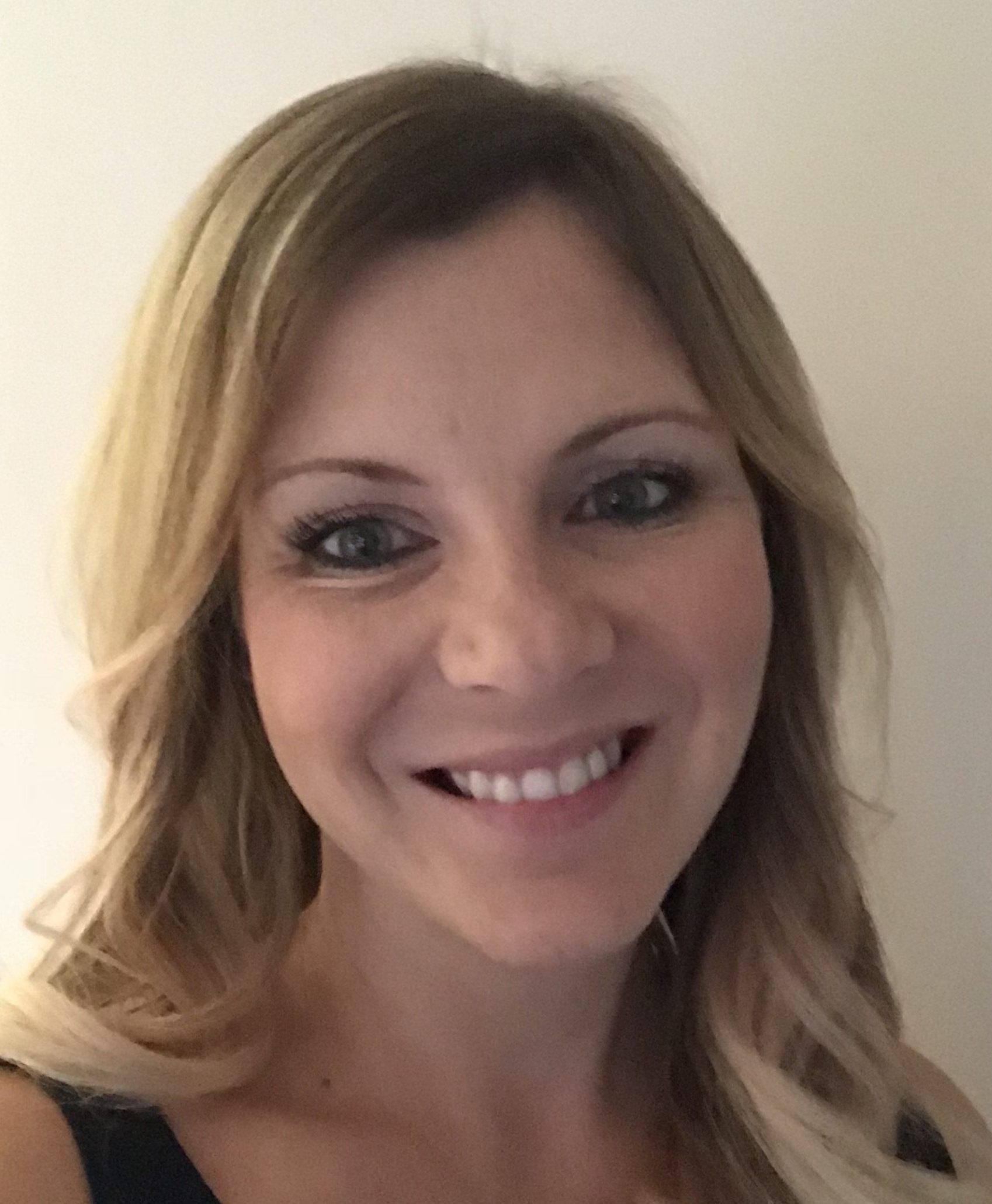 About the author
About the author
Kelly is the Healthcare Industry Manager at Microsoft UK, working with transformational digital partners and NHS customers to pilot solutions for collaborative working and empowering everyone to do more. She has 15 years’ experience working alongside the NHS, and is passionate about the power technology has to create positive change in healthcare.

